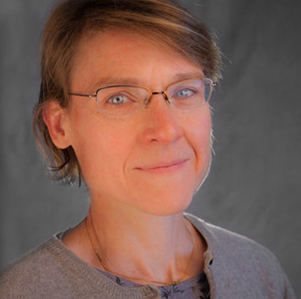
Marcia Bjornerud, Professor of Geosciences at Lawrence University in Wisconsin, is a structural geologist whose research focuses on the physics of earthquakes and mountain building. She combines field-based studies of bedrock geology with quantitative models of rock mechanics. She has done research in high arctic Norway (Svalbard) and Canada (Ellesmere Island), as well as mainland Norway, Italy, New Zealand, and the Lake Superior region. Bjornerud is a Fellow of the Geological Society of America and has been a Fulbright Senior Scholar at the University of Oslo, Norway and University of Otago, New Zealand. A contributing writer to The New Yorker, Wired, the Wall Street Journal and the Los Angeles Times, she is also the author of several other books for popular audiences — Reading the Rocks: The Autobiography of the Earth and Geopedia: A Brief Compendium of Geologic Curiosities.



